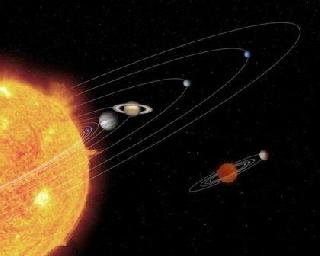
WASHINGTON (PTI): Astronomers should start hunting for planets like the Tatooine in the science fiction series "Star Wars", as Earth-like worlds could exist in the habitable zones around binary systems, scientists say.
In the "Star Wars" universe, Tatooine was a circumbinary planet that had two Suns. In September last year, NASA's Kepler space telescope had discovered the first real-life circumbinary planet, Kepler-16b, a gas giant like Jupiter.
Now, astrophysicists from the University of Texas in the US suggested that Earth-like worlds could exist in the habitable zones around binary systems that are neither too hot nor too cold to support liquid water on its surface, and thus life as we know it.
"This is an assessment of the possibilities," said study co-author Zdzislaw Musielak. "We're telling them where a planet has to be in the system to be habitable. We're hoping they will look there," he was quoted as saying by SPACE.com
The researchers used the Kepler-16 twin Sun system as a starting point. The habitable zone of this system is centered mostly on the system's primary star and extends in a region around it equal to 0.36 to 0.71 the distance of the Earth to the sun. This corresponds in our system to a distance from between Earth and Venus to about Mars, the researchers said.
"This work is informed by observations and it has the potential to trigger more observations," said study co-author Manfred Cuntz.
One possibility the researchers explored involved an Earth-sized planet that directly orbits the binary system at distances outside its conventional habitable zone. This corresponds to a distance from the system's primary star equal to twice the distance from Earth to the sun.
To host life in this extended region, such a planet would need high levels of greenhouse gases such as carbon monoxide or methane in its atmosphere to trap warmth.
"We determined that a habitable Earth-like exoplanet is possible in the extended habitable zone," said lead author Billy Quarles. "There is less light from the star, so the planet itself has to maintain more heat."
Another possibility involved an Earth-sized moon of a gas giant in the habitable zones of Kepler-16, the team told the annual meeting of the American Astronomical Society.
"We determined that a habitable exomoon is possible in orbit around Kepler-16b," Quarles said.
Other more exotic possibilities the researchers are considering include an Earth-sized planet around the twin stars that gets captured by a gas giant in the system to become a moon, as well as an Earth-sized world in a so-called Trojan orbit equidistant from the gas giant Kepler-16b and the binary system's primary star.
Calculations regarding these possibilities are ongoing, Quarles added.
 Previous Article
Previous Article Next Article
Next Article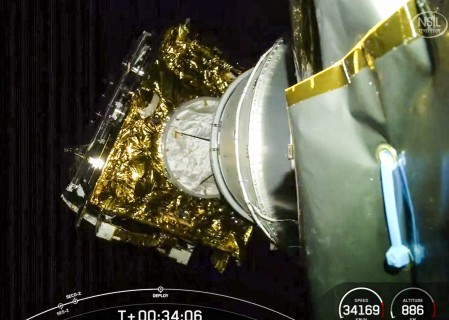
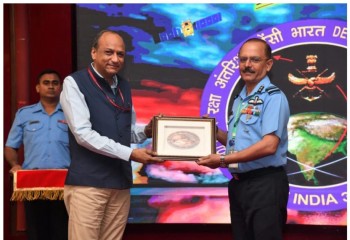
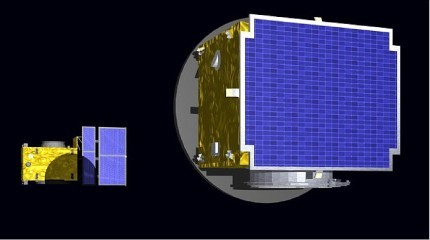
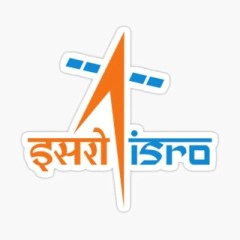


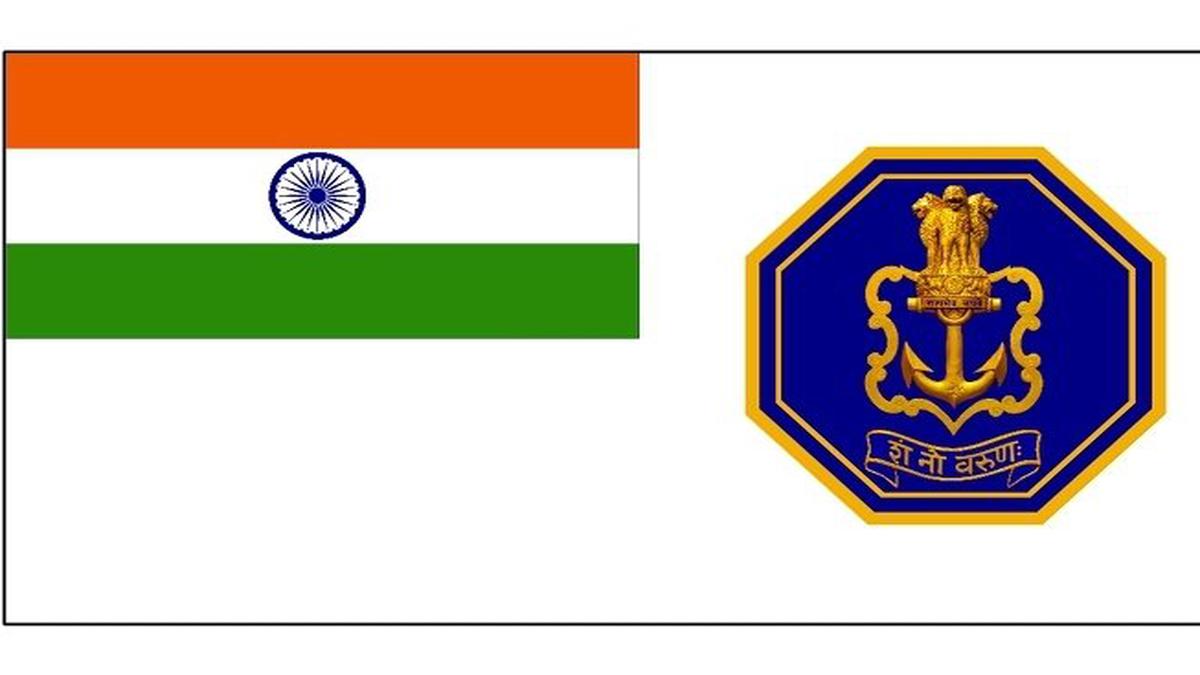





The Indian Air Force, in its flight trials evaluation report submitted before the Defence Ministry l..
view articleAn insight into the Medium Multi-Role Combat Aircraft competition...
view articleSky enthusiasts can now spot the International Space Station (ISS) commanded by Indian-American astr..
view article